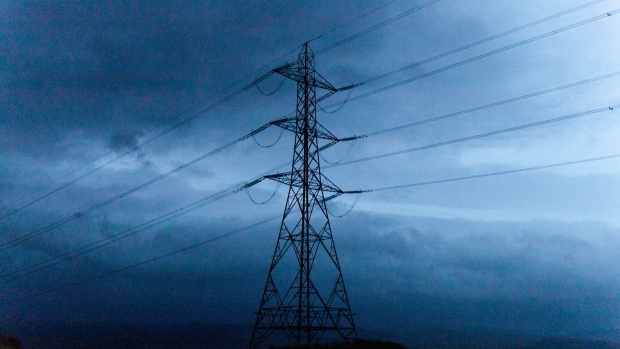Apr 21, 2024
UK Energy Bills Could Rise by £29 Billion on High Interest Rates
, Bloomberg News

(Bloomberg) -- Persistently high interest rates could add £29 billion ($36 billion) a year to UK energy bills by 2050, as investments to make the energy system greener lock in high costs for years to come.
That’s according to a Resolution Foundation report that examined the impact that tight monetary policy is having on the cost of Britain’s energy transition and the finances of low-income households. Green power is more capital intensive than fossil fuels, with most investment needed up front, leaving overall costs vulnerable to changes in interest rates.
“Cleaner energy could be cheaper energy, if interest rates return to the low levels seen during the 2010s,” said Jonathan Marshall, a senior economist at the think tank. “But we can’t count on that being the case. If interest rates stay high, energy costs will rise rather than fall in the years ahead.”
Much of the costs of electricity infrastructure are currently passed through to consumers’ energy bills. In terms of portions of incomes, that leaves low-income households more exposed than higher earners.
In a high-cost scenario where borrowing costs in the private sector stay at 9%, that would contribute to “severe financial strain for low-income households,” adding £29 billion to bills, the study found. Compared with a borrowing rate of 5%, the cost of electricity would be almost a third higher.
Those high costs would also outweigh the increased efficiency of green measures like the electrification of transport, according to the study.
The report proposed methods to limit the burden on consumers. For example, using government money, rather than charges on energy bills, to finance construction of new power networks could spread costs more fairly across income levels.
©2024 Bloomberg L.P.





